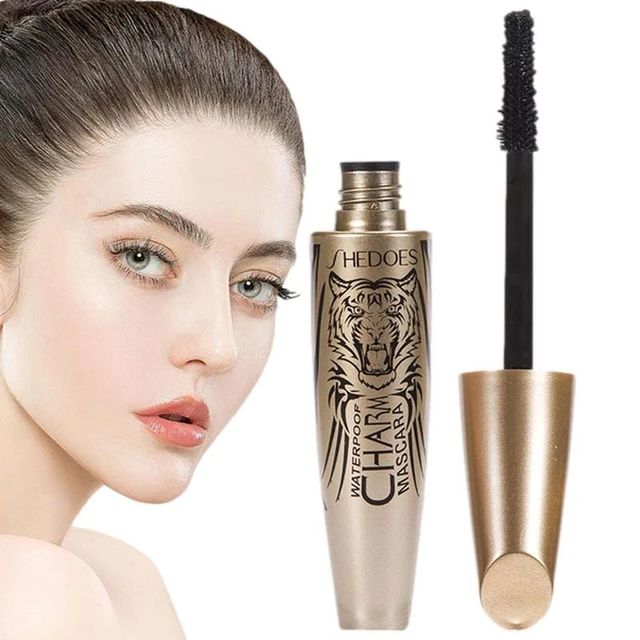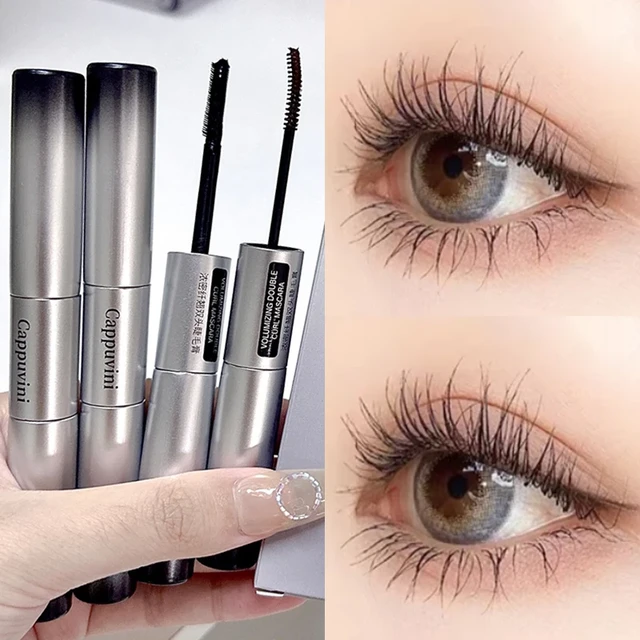 Introduction:
Introduction:
Can mascara cause styes? Styes are painful and uncomfortable infections that occur near the eyelids. They can leave individuals wondering about the potential causes, and one common question that arises is whether mascara can cause styes. Mascara is a widely used cosmetic product, and understanding its relationship to styes is important for maintaining healthy eye hygiene. In this comprehensive guide, we will explore the connection between mascara and styes. By examining the facts and taking preventative measures, you can minimize the risk of developing styes while enjoying the use of mascara to enhance your eye makeup.
Here are some common functions and benefits of mascara:
Mascara serves several purposes when it comes to enhancing the appearance of lashes. Here are some common functions and benefits of mascara:
Lengthens:
Mascara can make lashes appear longer by coating each individual lash from root to tip, creating the illusion of length and enhancing the natural beauty of the eyes.
Adds Volume:
Mascara can add volume and thickness to lashes, making them appear fuller and more voluminous. It can give a more dramatic and eye-catching look to the lashes.
Defines:
Mascara helps to define the shape and structure of the lashes, making them stand out and appear more prominent. This can enhance the overall definition of the eyes and create a more polished look.
Mascara is a versatile and essential component of many makeup routines, as it can transform the appearance of lashes and enhance the beauty of the eyes. Its ability to lengthen, volumize, define, darken, and complement eye makeup makes it a popular and widely used product in the cosmetics industry.
 Here are some common types:
Here are some common types:
There are several types of mascara available on the market. Here are some common types:
Volumizing Mascara:
This type of mascara is designed to add volume and fullness to the lashes. It typically contains ingredients that coat and thicken each lash, making them appear thicker and more dramatic.
Lengthening Mascara:
Lengthening mascara is formulated to elongate and extend the lashes. It often contains fibers or polymers that cling to the lashes, creating an illusion of longer and more defined lashes.
Curling Mascara:
Curling mascara is designed to enhance and maintain the natural curl of the lashes. It usually has a formula that is lightweight and contains ingredients that help lift and hold the lashes in a curled position.
Waterproof Mascara:
Waterproof mascara is specially formulated to resist water, humidity, and smudging. It is ideal for occasions or environments where you need long-lasting wear and smudge-proof lashes, such as swimming, weddings, or hot weather.
Define and Separate Mascara:
This type of mascara is designed to separate and define each lash, giving a more natural and separated effect. It usually has a thinner formula and a brush with bristles that help separate and coat each lash evenly.
Lash Primer:
Lash primer is a pre-mascara product that is applied before mascara to enhance its performance. It often contains conditioning ingredients that nourish and strengthen the lashes, creating a better base for the mascara to adhere to. Lash primers can also add extra length or volume to the lashes.
Colored Mascara:
Colored mascaras offer a variety of shades beyond traditional black or brown. They can be used to add a pop of color to the lashes or complement specific eye colors. Colored mascaras are available in various shades like blue, purple, green, or even vibrant colors like pink or red.
These are just a few examples of the different types of mascaras available. Each type offers unique benefits and effects, allowing you to achieve the desired look for your lashes. It’s important to consider your preferences and desired results when choosing a mascara type.
 Understanding Styes
Understanding Styes
Definition of Styes:
Styes, also known as hordeolums, are painful, reddish lumps that form near the base of the eyelashes or within the eyelid.
They are typically caused by bacterial infections and result in swollen and tender areas.
Causes of Styes:
Styes are commonly caused by bacterial infections, typically Staphylococcus aureus.
Poor eye hygiene, excess oil production, or debris blocking the oil glands near the eyelids can contribute to stye development.
Mascara Ingredients and Their Impact
Mascara is formulated to enhance the appearance of eyelashes, typically containing a combination of pigments, oils, and waxes.
Some mascaras may also contain preservatives, like parabens, and other additives to promote lengthening, thickening, or waterproof properties.
Potential Mascara-Related Issues:
The use of mascara introduces the risk of foreign particles entering the eye, potentially leading to irritation and inflammation.
Mascara can also contribute to the blockage of oil glands near the base of the eyelashes, potentially increasing the risk of styes.
Preventative Measures and Safe Mascara Use
Practicing Good Eye Hygiene:
Maintain good eye hygiene by washing your hands before applying mascara and removing any eye makeup properly at the end of the day.
Avoid sharing mascara or other eye makeup products to minimize the potential for bacterial contamination.
Avoiding Contamination:
Do not use mascara beyond its expiration date, as old mascara may increase the risk of bacterial growth.
Replace mascaras that have changed consistency, developed an unusual odor, or caused previous eye irritation.
Proper Application and Removal:
Apply mascara with clean, disposable applicators or use a clean mascara wand for each eye to minimize the transfer of bacteria.
Avoid applying mascara too close to the base of the eyelashes to prevent clogging the oil glands.
Regular Cleaning of Mascara Brushes:
Clean mascara brushes regularly with soap and water to remove any buildup of product, oils, or bacteria.
Allow the brushes to dry completely before using them again to prevent potential contamination.
 Seeking Medical Advice
Seeking Medical Advice
Symptoms and Treatment:
If you experience persistent discomfort, swelling, or redness around the eyes, consult with a healthcare professional.
A doctor can examine your symptoms and recommend proper treatment, which may include warm compresses, antibiotic ointments, or other medications.
If you suspect an allergic reaction to mascara, such as itching, redness, or swelling, discontinue use and consult a healthcare professional.
Allergy testing may be necessary to determine the specific ingredient causing the allergic reaction.
 Conclusion:
Conclusion:
Can mascara cause styes? Can mascara cause styes?While mascara alone may not directly cause styes, the use of cosmetic products near the eyes introduces the risk of bacterial contamination and potential eye irritation. By practicing good eye hygiene, properly using and maintaining mascara, and seeking medical advice when necessary, you can minimize the risk of developing styes. Remember to prioritize safety, follow proper application and removal techniques, and regularly clean mascara brushes to ensure good eye health. Ultimately, it is essential to be aware of your personal eye sensitivities, seek medical advice when needed, and make informed decisions when using mascara and other eye makeup products.